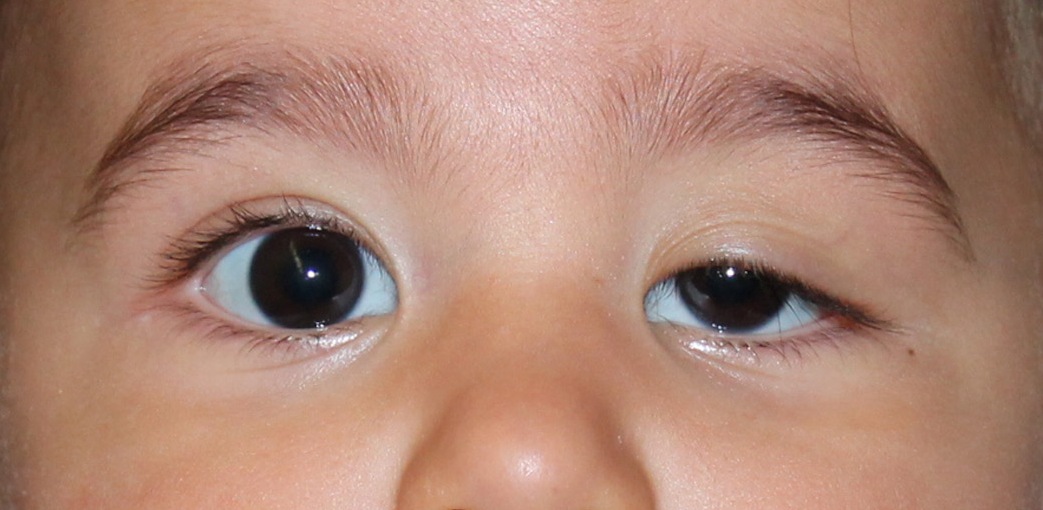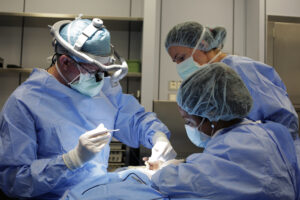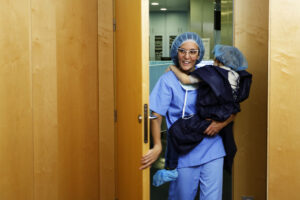Eye diseases
Congenital eyelid ptosis

What is congenital eyelid ptosis?
Eyelid ptosis or drooping of the upper eyelid is a disorder that can be acquired for different reasons or be present from birth, in which case we speak of congenital ptosis. It is the most common form of this pathology in children, when it is most important to treat it to avoid it becoming an obstacle to the correct development of the child’s vision.
Symptoms
Causes and risk factors
Treatment
Congenital ptosis can occur in one or both eyes.
Having a lower than normal upper eyelid is not only an aesthetic problem, but also entails visual consequences for the child. In addition to reducing the field of vision more or less significantly, if it covers part of the pupil, it can prevent the child from receiving adequate visual stimulation during the first years of life, a key stage in which vision is still in the making.
It is therefore important to treat congenital ptosis early, avoiding, for example, that it can lead to a “lazy eye” that has not learned to see correctly.
Furthermore, from a certain age, this eyelid malposition can affect self-esteem and social relationships during school.

